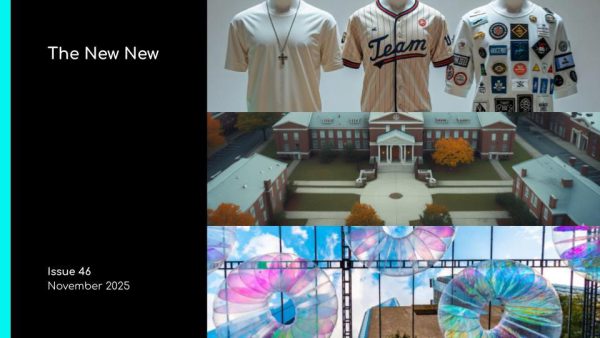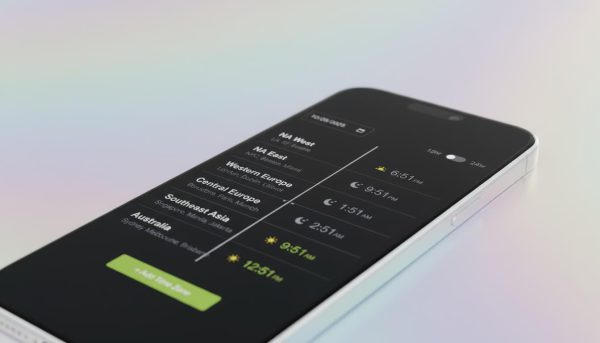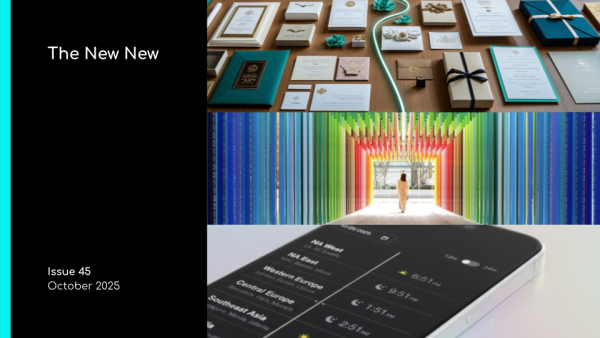How to Transform Your User Conferences into Catalysts for Thriving Communities

The Four-Step Path from Conference to Community
The brands with the most successful communities recognize that live events are the best catalyst for establishing and cultivating their communities, says Ed Feather, Account Director at Cramer.
Below are four steps for turning your user conferences into
catalysts for community.
1. Think Outside ‘Support’
Most brands have an existing support community—one where their users can talk about product features and report bugs. These communities can help a brand drive satisfaction for their everyday user, but they rarely support the needs of a future-focused event marketer.
“Your true advocates come to your event because they want to know where their industry and your brand is going next. By breaking away from your support community, your event-oriented communities can thrive and amplify their efforts across your broader industry,” says Feather.
Of course, there is a balance. You can’t alienate your existing support group to motivate your fringe users and industry advocates. But you can design event interactivity to manage these two groups and move them in ways that meet your priorities.
2. Create a Spark
Even the most successful communities need a spark to get them going. “It is amazing how small, and sometimes even seemingly irrelevant the spark might be,” Feather says. For one of our global software client’s recent user conferences, we got their community of users engaged in conversations around a cookie. Yep, a cookie.
“That cookie has become a tradition for the conference attendees and by tapping into that small insight, we were able to rally their users in compelling ways,” says Feather.
In considering how to design your event spark plug—your cookie—stick to these two principles. Collaboration over competition. And personal over professional.
3. Extend Your Theme
Your conference’s theme, which is typically aspirational and conceptual, can also provide the platform for continued content creation, conversation, and collaboration with a community. “It can be used to engage your community in post-event conversations, content generation, polls and quizzes, challenges, recognition, and more,” says Feather.
As you define the your upcoming conference theme, be sure to consider how that message pays out across social mediums. Does your event hashtag have legs beyond the event as a campaign, or rally cry of its own? Do your attendees feel empowered to share their own stories and activate their extended networks under the motivational banner of your theme?
We’ve moved beyond generalized inspirational words encapsulated by a cool graphic and similarly colored lights. Your theme must be an integral part of your conference identity, your company mission, and your audiences’ aspirations.
4. Be Purposeful and Exclusive
Create communities that are limited to the attendees of a particular brand conference or event. “These communities deliver additional content, networking, and, ultimately, value to their event attendees,” says Feather.
“In turn, they provide event organizers with an always-on platform that supports their initiatives, including audience acquisition, calls for speakers, and lead generation. It’s a unique win-win for both event organizers and attendees.”
As a very basic principle of social need, people are seeking to identify themselves as part of something greater. They’re seeking out a tribe. One with similar values that embodies a similar mission and offers opportunity to connect and grow. Your event must catalyze the growth of these communities in the way that your audience feels they have found their tribe, and it is now up to them to identify who they believe would be good recruits to their small circle of awesome.






